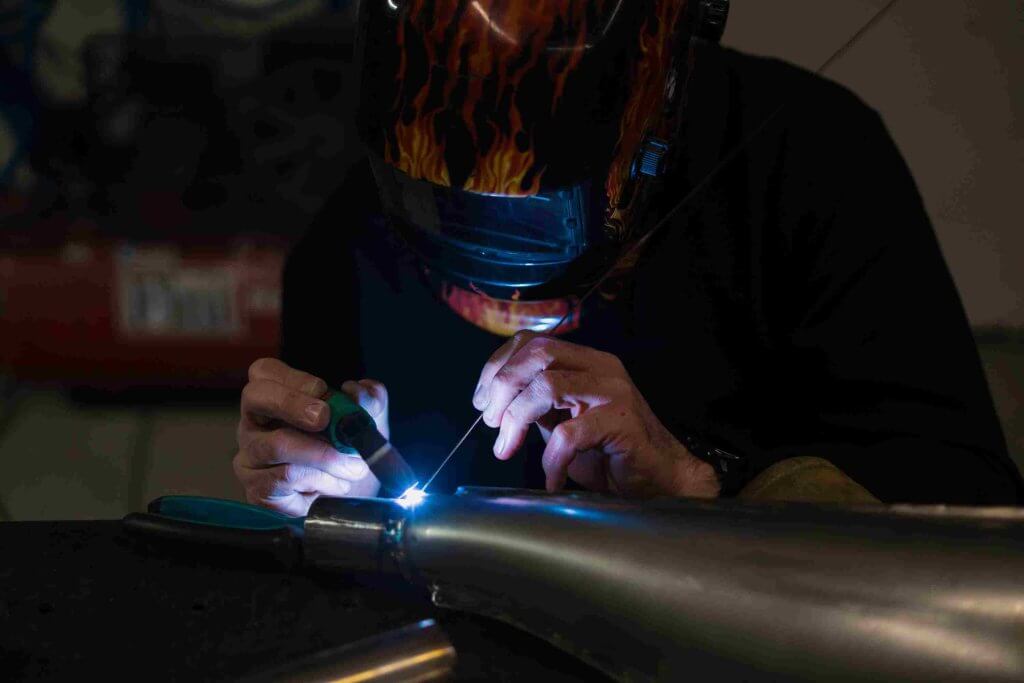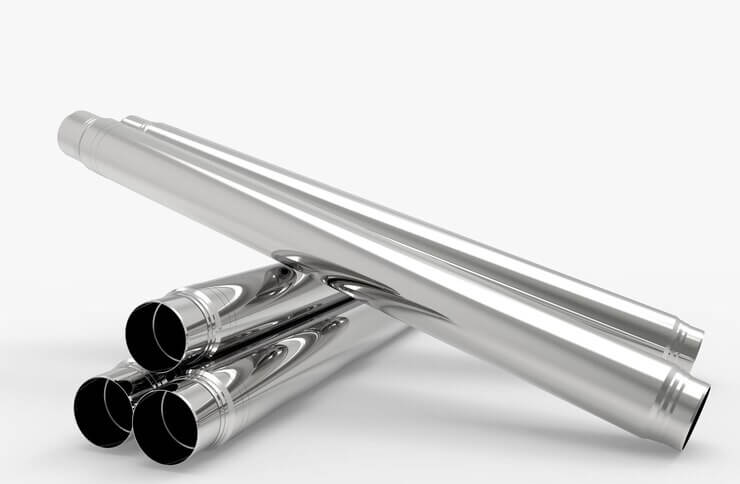“SS” means stainless steel, a tough metal that doesn’t rust easy and shines nice. It’s mostly iron with at least 10.5% chromium, plus some nickel or molybdenum to make it stronger and last longer. These pipes get made by welding stainless steel strips or plates into tubes, good for building stuff or moving liquids.
SS welded pipes show up in tons of industries cause they don’t rust, are strong but not heavy and look sharp. In construction, they’re used for beams, railings or pipe setups. Chemical plants use them to carry rough liquids safely. In food and medicine work, their clean surfaces are great for sensitive stuff.
Stainless steel’s got lots of upsides for pipes. It fights rust and wear, even in harsh spots, so pipes stick around for years. It holds up under big pressure or heat. Plus, it’s recyclable, which is great for green building.

Making SS welded pipes takes careful steps to get them just right. You pick materials, shape the pipe, weld it, heat it, finish the surface and check it.
You start by grabbing top-notch stainless steel strips or coils, like grades 201, 304, 410 or 430, each good for different jobs. The material gets cleaned to ditch any dirt that could mess up the weld.
The cleaned strip gets bent into a tube by rollers in a step called cold forming. The edges are set up perfect for welding.
Welding sticks the strip’s edges together to make a whole pipe. Folks use tricks like Electric Resistance Welding (ERW), Tungsten Inert Gas (TIG) welding or Laser Beam Welding, depending on the pipe’s size and what it’s for.
After welding, heat treatment like annealing calms stress from shaping and welding. It makes the pipe more bendy and brings back rust protection lost in the process.
Pickling uses acid to scrub off oxides from welded spots, helping stop rust. Then, passivation adds a chemical layer to build a chromium shield on the pipe’s surface.
Making sure pipes are tough is a big deal. Non-destructive tests (NDT) and water pressure tests check they meet high safety rules before shipping.
Tests like ultrasonic testing (UT), radiographic testing (RT), eddy current testing (ECT) or just looking at it find issues like cracks or bad welds without busting the pipe.
Hydrostatic testing fills the pipe with water under pressure to spot leaks or weak spots. This makes sure the welds can handle real-world pressures.
Getting the size right makes sure pipes fit with other parts. Wrong sizes or thickness can cause leaks or bad fits when setting up. Precise tools keep measurements on point.

At YUHUA, we make awesome stainless steel welded pipes for all kinds of industries. We’re in Foshan City’s Nanhai District, a hot spot for metalwork and offer products like 410 Stainless Steel Pipe, 304 Stainless Steel Pipe, Stainless Steel Round Pipe, Sainless Steel Rectangular Pipe, Stainless Steel Square Pipe and 201 Stainless Steel Pipe.
Our pipes follow tough national and global rules for material makeup, size accuracy, strength, surface finish and rust resistance. Every batch gets hard checks before it leaves.
We use fancy gear and skilled folks to keep every product steady. From picking great materials to using even finishing tricks like polishing or pickling, we handle every bit.
Thicker walls let pipes take pressure without bending or breaking, but they’re less flexible for setup. Picking the right grade—like 304 for regular use or 410s/430 for hardness—makes sure the pipe fits its job.
A smooth surface looks nice and works better. It cuts friction for liquid flow and stops germs in clean spots like food or medicine production.
Even great pipes can flop if not set up right. Bad alignment or weak supports can add stress and cause cracks later. Sticking to setup guides keeps SS welded pipes solid for years.

Q: What’s the difference between seamless and welded stainless steel pipes?
A: Seamless pipes are made without welds by shaping solid metal rods, taking more pressure but costing more. SS welded pipes are rolled from flat strips and welded, which is cheaper.
Q: Can SS welded pipes handle big pressure?
A: Yup—with the right grade (like 304 or 316) and thick walls, SS welded pipes do fine under high pressure, especially after water pressure testing.
Q: How long do SS welded pipes last in rough spots?
A: With the right grade (like 316L for ocean areas) and treatments like pickling or passivation, SS welded pipes can last decades cause they fight rust so well.